Car Insurance Terms Made Simple
Are you looking for a new car? Perhaps you are looking for better auto insurance deals? In that case, you need to know the most common car insurance terms.
If you can’t tell the difference between collision coverage and comprehensive coverage, you might ride out of the car lot with an unsatisfactory deal.
That is why we will discuss the most common terms found in car insurance policies. You might want to bring this article while checking your choices.
List of car insurance terms
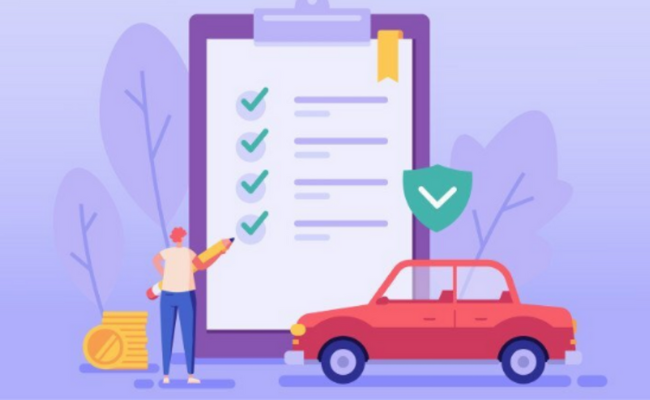
Photo Credit: www.livemint.com
- Accident forgiveness
- Actual Cash Value (ACV)
- Adjuster
- Assigned Risk Plan (AIP)
- Bodily injury liability
- Claim
- Collision coverage
- Comprehensive coverage
- Credit-based insurance score
- Deductible
- Defensive driving
- Diminished value
- Distracted driving
- Full coverage
- Gap insurance
- Liability
- Medical payments or Personal Injury Protection (PIP)
- No-fault insurance
- OEM and generic auto crash parts
- Premium
- Property damage liability
- Totaled
- Umbrella liability
- Uninsured/underinsured motorist coverage
Accident forgiveness
Accident forgiveness coverage means your rate will not increase due to your first at-fault accident. However, you may only qualify if you have five years of accident-free driving.
Actual Cash Value (ACV)
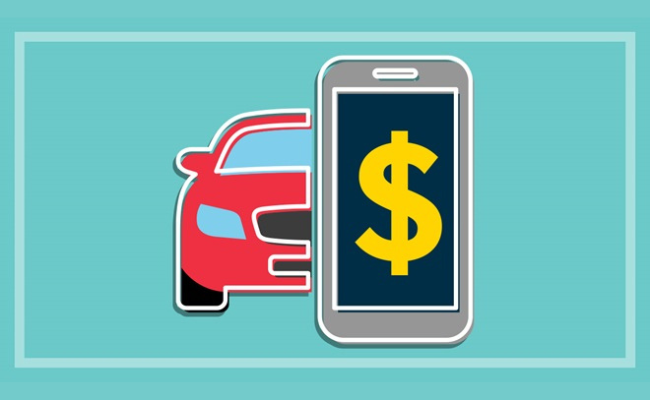
Photo Credit: www.choice.com.au
ACV refers to the amount of money required to replace damaged or stolen property minus depreciation. It is otherwise known as “replacement cost less depreciation.”
If your car insurance terms include ACV, that doesn’t mean the insurer would replace your property. Instead, it would only reimburse you for its value at the time you lost or broke it.
Adjuster
An adjuster is an insurance company contractor or employee who assesses the damages and injuries caused by accident.
Moreover, that person will also decide whether or not you are eligible for claims payments.
Assigned Risk Plan (AIP)
Your insurer may consider you too risky for regular coverage, so he or she may provide an assigned risk plan instead.
Consequently, your state will assign you car insurance instead. Unfortunately, these usually cost more money than ordinary automobile insurance.
Bodily injury liability
Bodily injury liability covers injuries and deaths you or another person causees while driving your vehicle.
The US Insurance Information Institute reminds people that it is a car insurance term mandated by state law. Verify if yours requires bodily injury liability for car insurance.
Claim
A claim is a formal request for payment you submit to an insurer under the terms of your policy.
Collision coverage
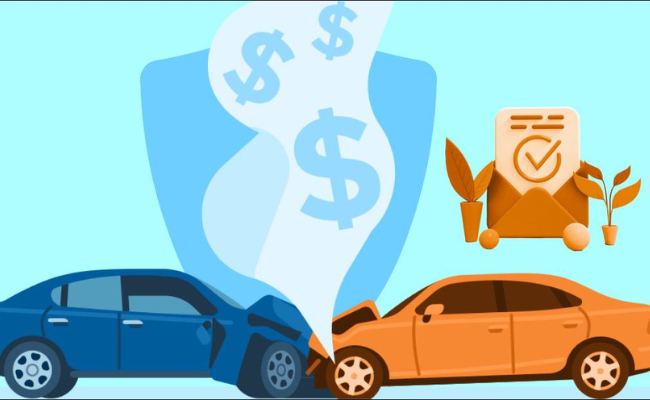
Photo Credit: www.singsaver.com.sg
Collision coverage lets you receive money for damages to your vehicle due to a crash with another car or object when you’re at fault.
This car insurance term will not reimburse you for mechanical failure or regular wear-and-tear on your automobile. Fortunately, it covers damages from running over potholes or rolling your car.
Comprehensive coverage
Comprehensive coverage reimburses for theft and damages due to factors other than a collision. Examples include vandalism, fire, hail, flood, and falling rocks.
Credit-based insurance score
Insurance companies base your credit-based insurance score on your credit history. The latter measures how you handle debt.
A good credit score signals responsible money management, helping you earn a good insurance score.
As a result, you are more likely to get ideal car insurance terms, such as lower policy costs.
On the other hand, bad credit lowers approval chances for claims.
Deductible
A deductible is the amount reduced from an insurance payout when you are at fault.
For example, let’s say you have a $500 deductible for collision coverage, and a crash causes $2,000 of damage to your vehicle.
That means your insurance policy covers $1,500, and you pay $500. However, liability coverage does not have deductibles.
Defensive driving
Defensive driving enables a driver to prevent accidents. Its techniques include maintaining a safe following distance, scanning the road ahead, and keeping both hands on the wheel.
Also, you may take defensive driving courses to learn these methods and get a deductible on car insurance.
Diminished value
Your car would have diminished value if it gets into an accident, no matter if it looks fine and you had it repaired.
On the other hand, the diminished value may help you collect payment beyond the repair costs if you are the victim of a collision.
Distracted driving
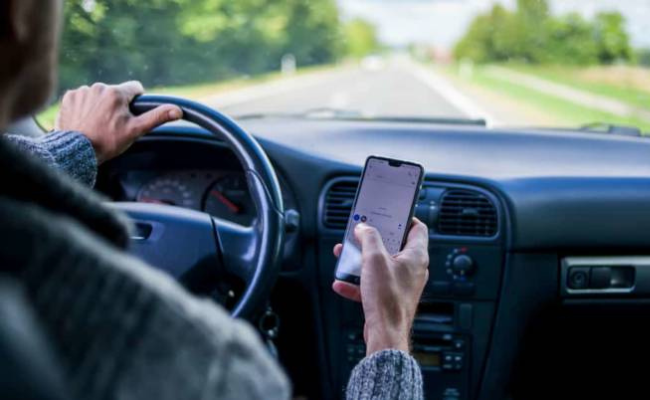
Photo Credit: www.morisoninsurance.ca
Distracted driving refers to various activities that divert attention from the road, such as fiddling with your radio, looking at your GPS, or texting.
Get into an accident while distracted driving, and your insurance rates would increase. Moreover, traffic tickets from using your phone while driving have the same effect.
Full coverage
Full coverage is not a distinct car insurance term. Instead, it is a general description of policies that offer collision, comprehensive, and liability coverages.
Gap insurance
Gap insurance refers to the difference or “gap” between a vehicle’s current value and the amount you owe on it.
Remember that your car’s value depreciates as you ride it out of the dealership. Moreover, your policy will only cover a value lower than your car’s initial value.
Liability
Liability is your legal obligation to pay people for causing damage or injury. Most US states require liability insurance so that potential victims receive appropriate compensation.
Medical payments or Personal Injury Protection (PIP)
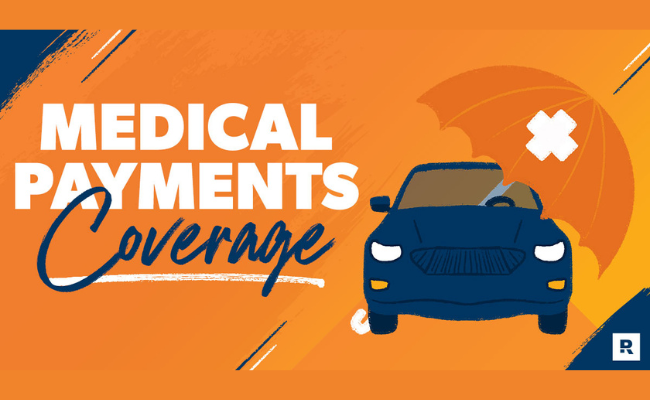
Photo Credit: www.ramseysolutions.com
This car insurance term may appear as “personal injury protection” or “medical payments” in your policy.
It ensures people injured by your car receive reimbursement for medical expenses, lost wages, and other related costs.
No-fault insurance
No-fault insurance simplifies your policy by ensuring both parties by injury benefits to the policy owner, no matter whose fault it was. However, it does not include property damage.
OEM and generic auto crash parts
Crash parts are parts of your vehicle’s exterior, such as hoods and door panels. Moreover, they often get damaged in auto collisions.
Replacement parts by your vehicle’s manufacturer are original equipment manufacturer (OEM) parts. On the other hand, parts from other manufacturers are generic or aftermarket crash parts.
Premium
The premium is the cost of your auto insurance that you pay every year, twice a year, or every month.
Property damage liability
This car insurance term lets your insurance cover damages that you or another person operating your car inflicts on another vehicle or property.
Totaled
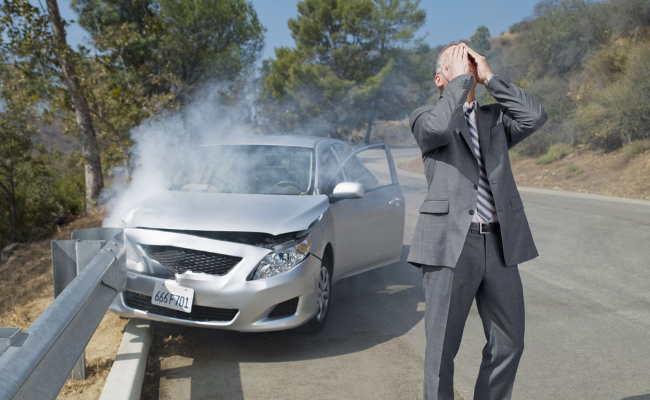
Photo Credit: www.caranddriver.com
Your vehicle is “totaled” if the repair costs go beyond its value. If you have comprehensive and/or collision coverage, the insurer will pay you the full market value of your car.
Otherwise, the company will pay you the limit of your policy. However, you might have to pay a deductible if the accident was your fault.
Umbrella liability
Umbrella liability compensates beyond the limits of typical liability terms. Moreover, they give additional protection if you get sued.
Also, this car insurance term covers claims under your homeowner’s insurance policy.
Uninsured/underinsured motorist coverage
As the name suggests, uninsured motorist coverage reimburses you if you get into an accident with a driver without insurance.
Meanwhile, underinsured motorist coverage works when you get into a hit-and-run or other severe accident.
It covers the difference between your losses and the underinsured driver’s insufficient coverage limit.
For example, let us say your losses total $1,000, but the other driver’s insurance only covers $800. Then, the underinsured motorist coverage will pay the remaining $200.

